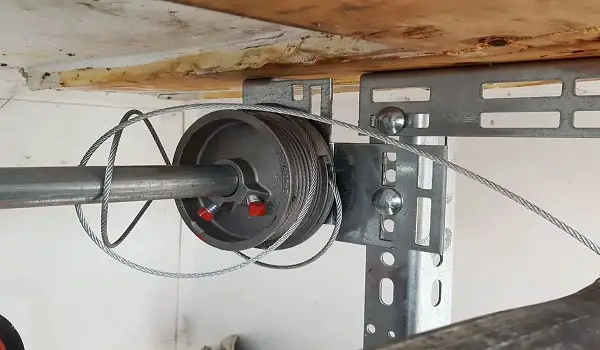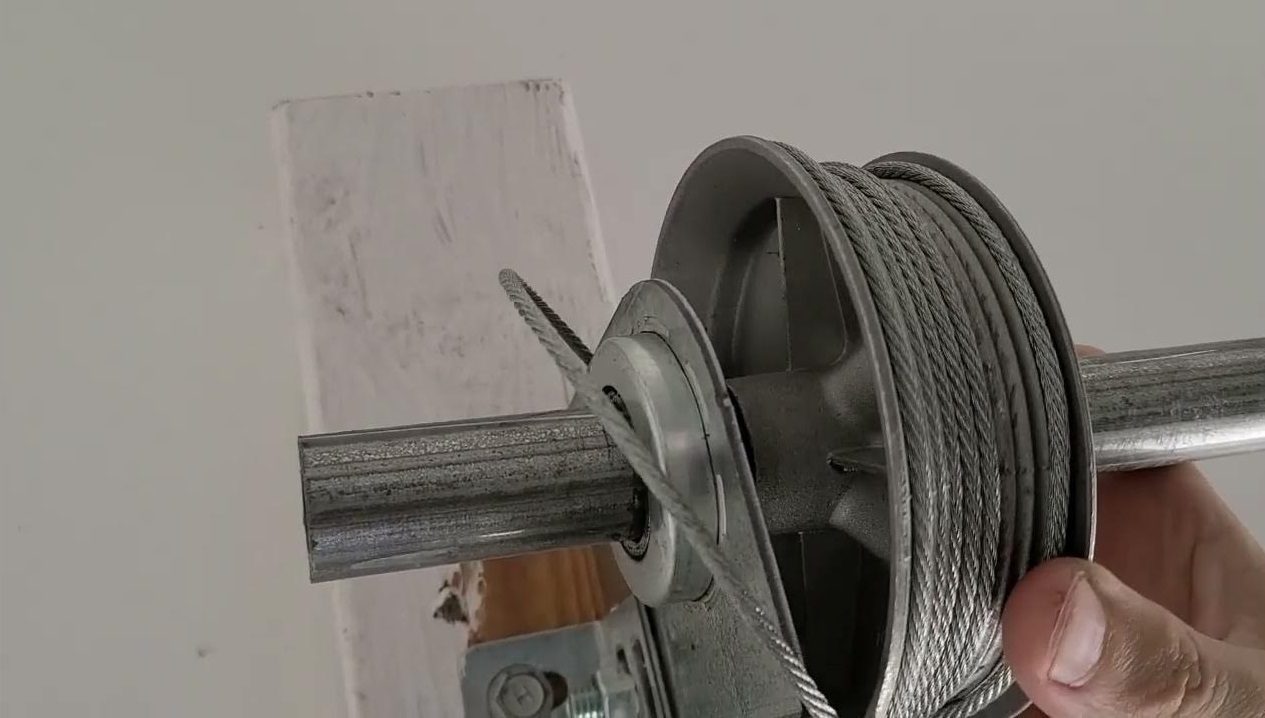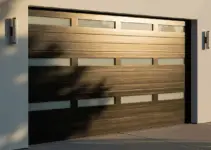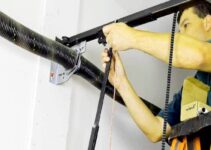Garage Door Cable Came Off
A garage door cable coming off can transform your smooth-operating door into a stuck, noisy headache. But don’t worry — you don’t need to panic or overspend on emergency repairs. With the right tools and knowledge, you can fix it yourself. This updated 2025 guide walks you through a step-by-step DIY process to fix a dislodged garage door cable and prevent it from happening again.
Why Garage Door Cables Matter
Garage door cables are essential components of the counterbalance system, working alongside torsion or extension springs to lift and lower your garage door smoothly. If a cable comes off or snaps, the door may tilt, jam, or become dangerous to operate.
Important 2025 Note: Newer garage door systems often include safety cable retention systems and tamper-resistant drums. While these features improve safety, they can make DIY repairs more complex. Always consult your garage door’s manufacturer manual or model-specific diagrams if unsure.
Step 1: Identify the Problem

One Cable or Both?
Carefully examine your garage door cables:
-
One cable off: Often caused by door misalignment, an uneven track, or accidental obstructions.
-
Both cables off: Typically indicates a torsion spring failure or severe imbalance.
Look for:
-
Sagging cables – may just need to be rewound on the drum.
-
Snapped cables – require full replacement.
-
Fraying or rust – a sign of aging cables that should be replaced soon.
2025 Tip: Use a flashlight and check for cable wear where it wraps around the drum and pulley. Modern smart garage doors may even provide error codes if the cable is misaligned.
Step 2: Gather the Necessary Tools

Before beginning, collect the following:
-
Safety glasses and work gloves
-
Sturdy ladder
-
Flathead screwdriver
-
Winding bars (for torsion spring adjustment)
-
Vice grips or locking pliers
-
Adjustable wrench
-
Replacement cable (if necessary)
-
Silicone-based garage door lubricant
2025 Safety Alert: Always unplug or disconnect your garage door opener before working on the door.
Step 3: Secure the Door and Ensure Safety
-
Unplug the opener.
-
Clamp vice grips below the bottom roller on both sides of the track to prevent the door from accidentally falling.
-
Release spring tension carefully if needed. If you’re unfamiliar with adjusting torsion springs, call a professional. Spring tension can be dangerous.
Step 4: Fix the Dislodged Cable
If the Cable Is Off the Pulley:
-
Check the pulley for wear or misalignment.
-
Guide the cable back into the pulley groove.
-
Tighten the pulley’s set screw if it has one.
-
Confirm proper tension and alignment.
If the Cable Is Off the Drum:
-
Manually rotate the drum until the cable is correctly seated.
-
Ensure the cable wraps neatly without overlapping or twisting.
-
Hold the drum in place using vice grips on the shaft.
-
Rewind the torsion spring slightly if necessary (only if trained).
If the Cable Is Snapped:
-
Purchase a matching replacement cable (check the length and thickness).
-
Remove the old cable completely.
-
Install the new cable, attaching it to the bottom bracket and threading it through the drum or pulley.
-
Ensure equal tension on both sides.
Step 5: Test the Garage Door
Once the cable is reattached and tension is restored:
-
Reconnect the opener.
-
Slowly open and close the garage door manually at first.
-
Look for uneven motion, jerky behavior, or noise.
-
Operate the opener and test the full cycle several times.
Step 6: Prevent Future Cable Issues
-
Lubricate regularly: Apply a silicone-based lubricant to cables, springs, and rollers every 6 months.
-
Inspect cables quarterly: Look for fraying, rust, or slack.
-
Check door balance: A properly balanced door should stay halfway open when lifted manually and disconnected from the opener.
-
Clear debris: Keep tracks and bottom brackets clean to avoid snags.
2025 Smart Maintenance Tip: Many new garage door openers now offer app-based maintenance reminders and diagnostic alerts. Use this feature to stay ahead of mechanical failures.
Common Cable-Related Issues

-
Garage Cable Snapped: Needs full cable replacement and possibly drum or pulley inspection.
-
Cable Came Off Drum: Usually due to torsion spring imbalance or obstruction during door operation.
-
Cable Off Pulley or Tangled: Misalignment or pulley wear is common.
-
Uneven Door Movement: One cable might be looser than the other.
Conclusion
Fixing a garage door cable that came off doesn’t need to be overwhelming. With the right tools, precautions, and a clear plan, you can restore your garage door to full working order. Regular maintenance and inspections can prevent the most common cable problems in the future.
But remember — if your garage door has high-tension torsion springs or if you’re unsure about any part of the repair, it’s best to consult a licensed technician. Safety comes first.


